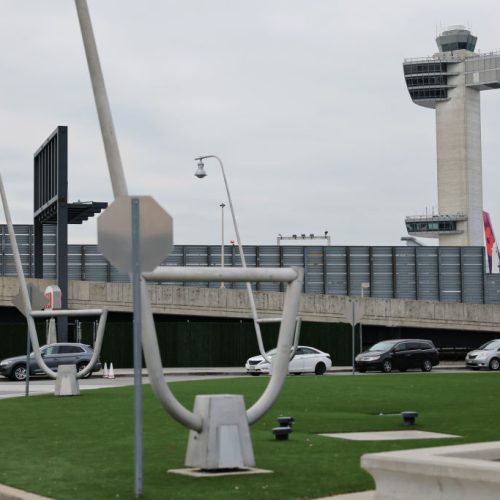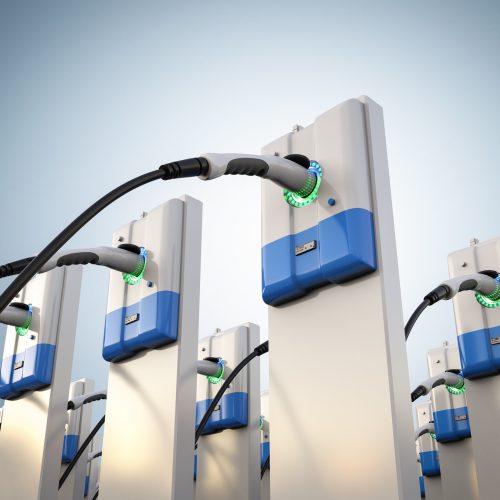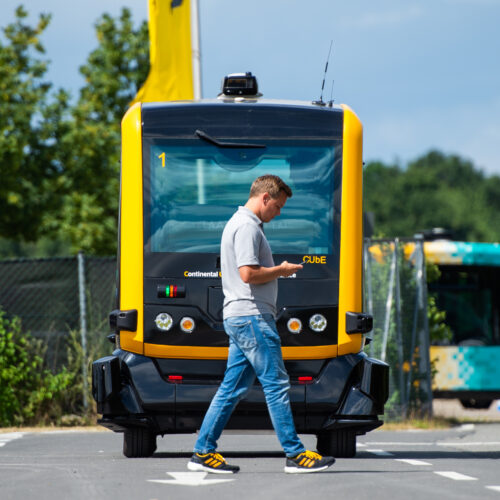SpaceX engineers brought on at FAA after probationary employees were fired
Engineers who work for Elon Musk’s SpaceX have been brought on as senior advisers to the acting administrator of the Federal Aviation Administration (FAA), sources tell WIRED.
On Sunday, Sean Duffy, secretary of the Department of Transportation, which oversees the FAA, announced in a post on X that SpaceX engineers would be visiting the Air Traffic Control System Command Center in Virginia to take what he positioned as a tour. “The safety of air travel is a nonpartisan matter,” Musk replied. “SpaceX engineers will help make air travel safer.”
By the time these posts were made, though, according to sources who were granted anonymity because they fear retaliation, SpaceX engineers were already being onboarded at the agency under Schedule A, a special authority that allows government managers to “hire persons with disabilities without requiring them to compete for the job,” according to the Office of Personnel Management (OPM).


© Michael M. Santiago/Getty Images


